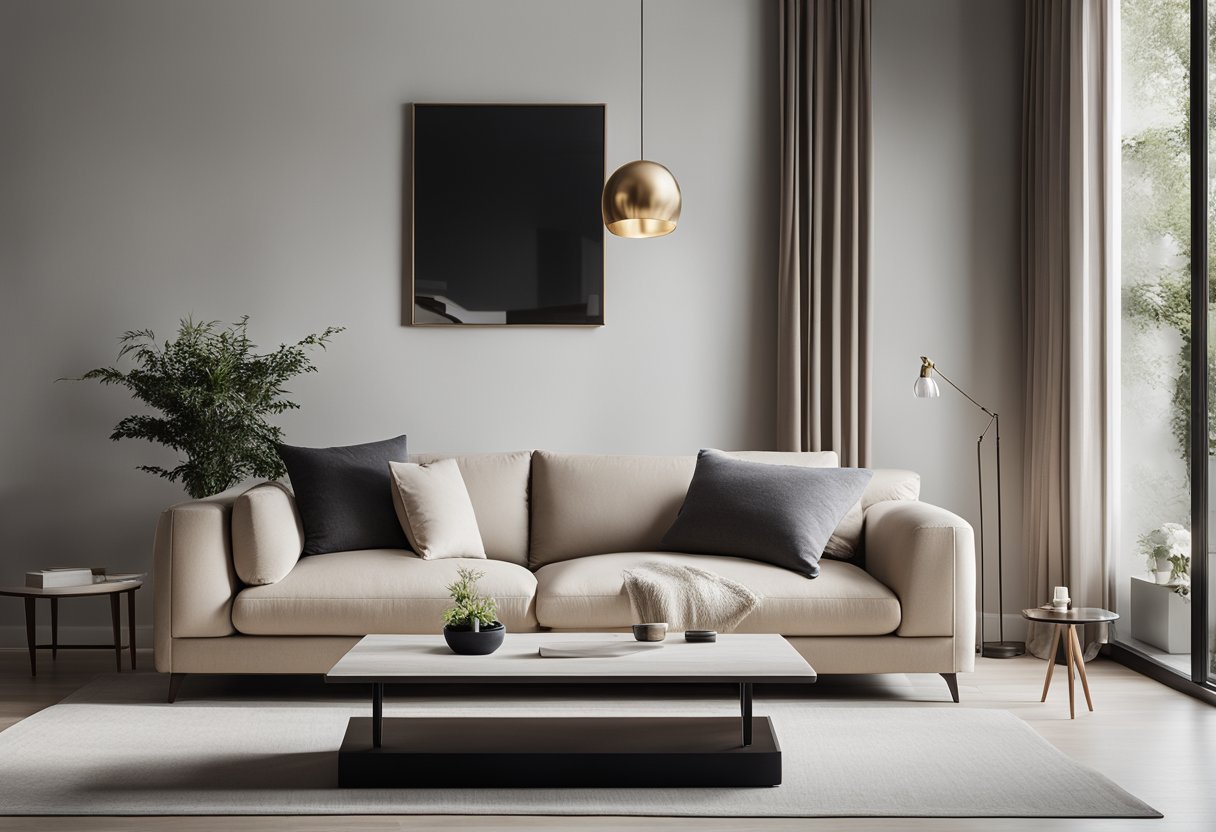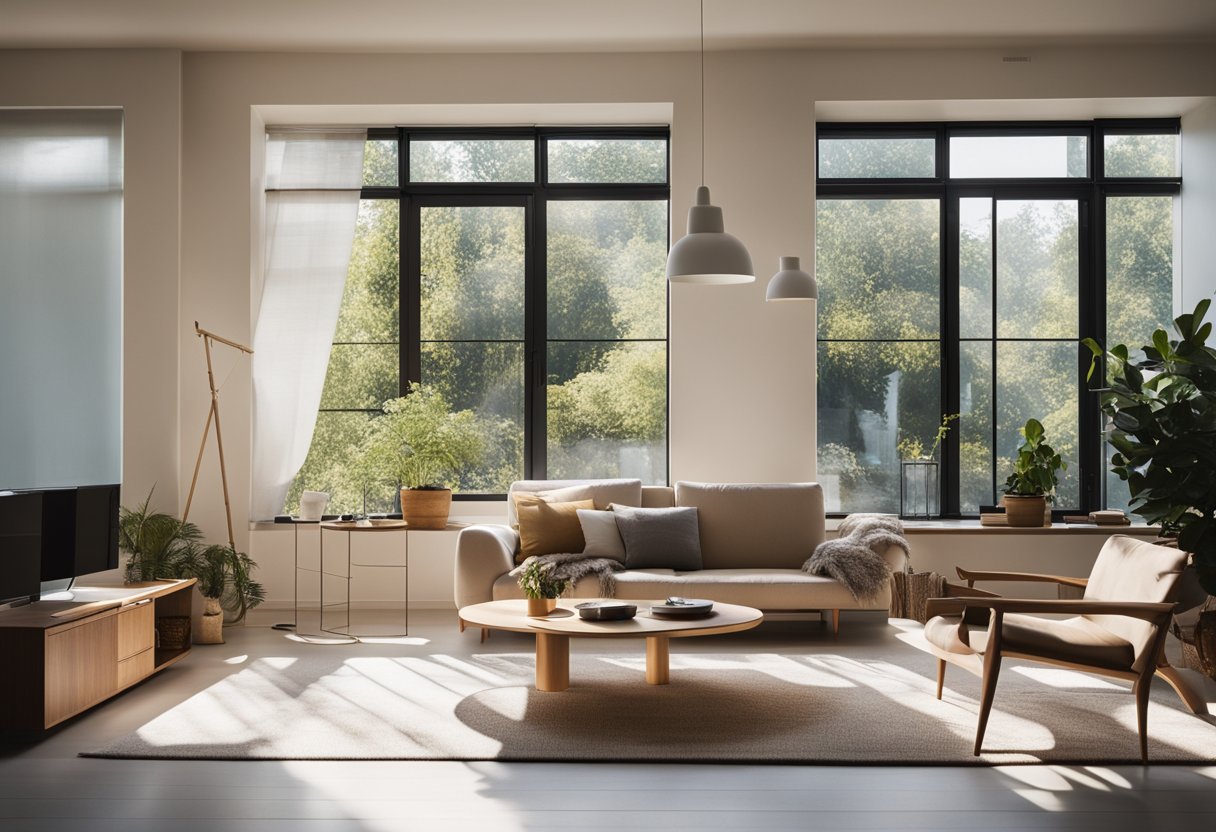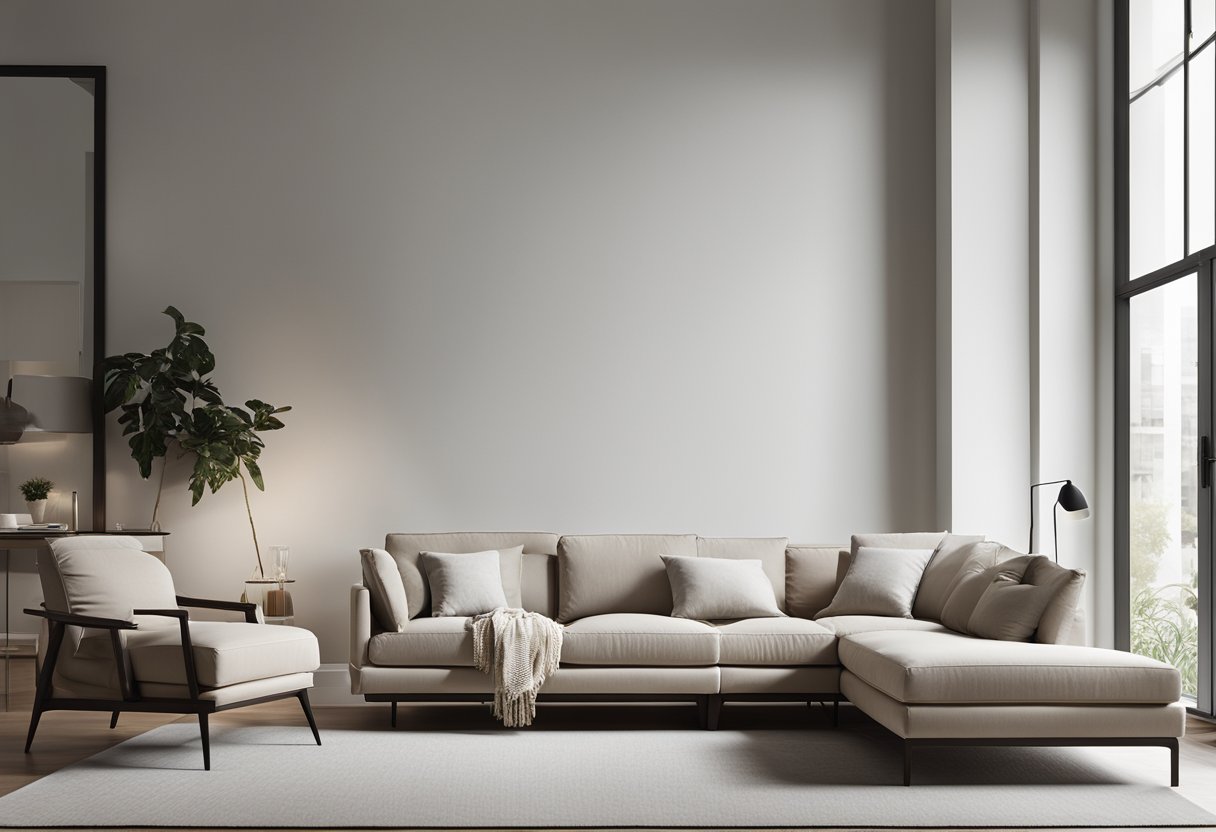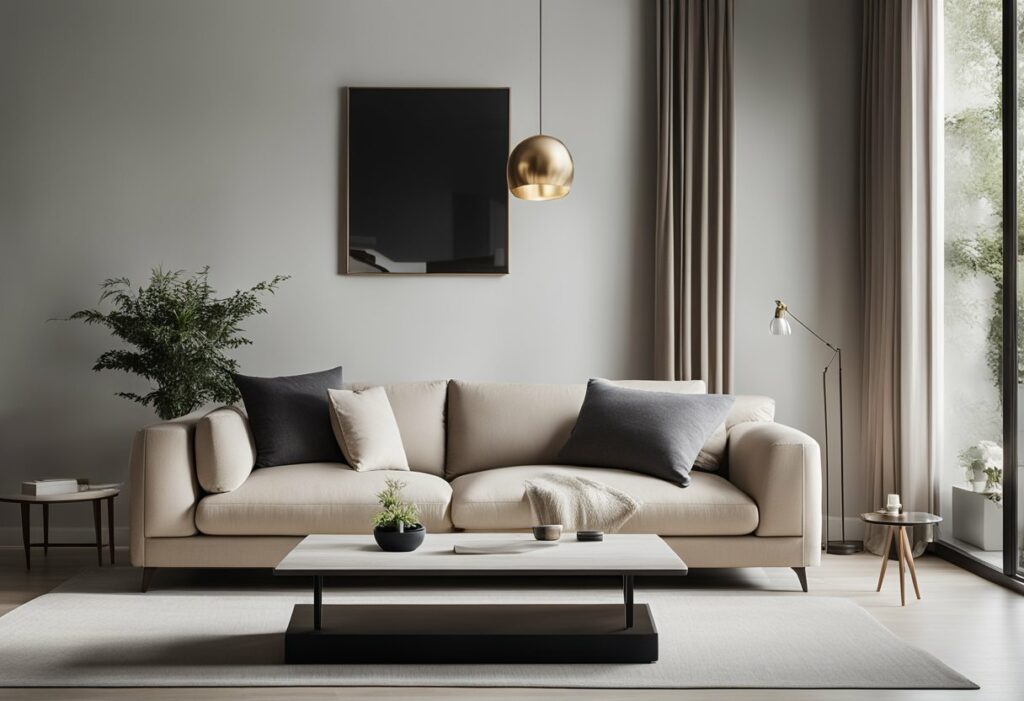Simplicity Interior Design: Creating a Minimalist Home
Simplicity interior design is a timeless and elegant approach to creating a space that is clean, uncluttered, and effortlessly stylish. Embracing the “less is more” philosophy, simplicity interior design focuses on minimalism, functionality, and a sense of calm. By incorporating clean lines, neutral colours, and unadorned spaces, this design style creates a serene and inviting atmosphere that allows the mind to relax and the eye to appreciate the beauty of simplicity.

This design ethos is characterised by its emphasis on functionality and practicality, ensuring that every element serves a purpose and contributes to the overall harmony of the space. Simplicity interior design encourages thoughtful curation of decor and furnishings, prioritising quality over quantity and allowing each piece to shine in its own right. Whether you are looking to transform your living space into a tranquil retreat or seeking to infuse a sense of modern elegance into your home, simplicity interior design offers a versatile and sophisticated approach to creating the perfect simple space.
Key Takeaways
- Simplicity interior design focuses on minimalism, functionality, and a sense of calm.
- This design ethos prioritises quality over quantity and encourages thoughtful curation of decor and furnishings.
- Embrace the timeless elegance and versatility of simplicity interior design to create a serene and inviting living space.
Fundamentals of Simplicity in Interior Design

If you’re looking to create a space that exudes sophistication and elegance, simplicity in interior design is the way to go. Minimalism, functionality, and a focus on essentials form the bedrock of this design philosophy. In this section, we’ll explore the fundamentals of simplicity in interior design, including embracing minimalism, the beauty of functionality, and the role of colour and form.
Embracing Minimalism
Minimalism is all about stripping away the excess and focusing on what’s essential. This means clean lines, uncluttered spaces, and a sense of balance. In a minimalist interior, every item has a purpose and a place. The goal is to create a space that is both calming and visually appealing.
One of the key principles of minimalism is the use of a monochromatic or neutral colour palette. This creates a sense of harmony and allows the eye to focus on the form and structure of the space. Another important aspect of minimalism is the use of negative space. This is the space between objects and is just as important as the objects themselves. By using negative space effectively, you can create a sense of openness and lightness in your interior.
The Beauty of Functionality
Simplicity in interior design is not just about aesthetics; it’s also about functionality. Every item in a minimalist interior should have a purpose and be designed with practicality in mind. This means choosing furniture that is both stylish and comfortable, and that serves a specific function.
In a minimalist interior, storage is also key. By choosing furniture with built-in storage, you can keep clutter to a minimum and maintain a sense of order. This is particularly important in smaller spaces where every inch counts.
Colour and Form
While minimalism is often associated with a monochromatic or neutral colour palette, this doesn’t mean that colour is off-limits. In fact, colour can be used to great effect in a minimalist interior. The key is to use it sparingly and purposefully.
When it comes to form, minimalism is all about clean lines and geometric shapes. This creates a sense of order and simplicity that is both calming and visually appealing. By choosing furniture and accessories with simple, geometric shapes, you can create a space that feels both modern and timeless.
In summary, simplicity in interior design is all about embracing minimalism, focusing on functionality, and using colour and form purposefully. By following these principles of simplicity, you can create a space that is both beautiful and practical, and that exudes sophistication and elegance.
Creating the Perfect Simple Space

If you’re looking to create a simple and clutter-free space, there are a few key principles you should keep in mind. By focusing on strategic use of lighting and materials, maximising storage and space, and selecting key elements, you can create a space that is both functional and visually appealing.
Strategic Use of Lighting and Materials
One of the most important aspects of creating a simple space is the strategic use of lighting and materials. Natural light is a great way to open up a space and make it feel more spacious. Consider using sheer curtains or blinds to allow as much natural light in as possible. If natural light is not an option, consider using warm lighting fixtures to create a cozy and inviting atmosphere.
When it comes to materials, natural materials like wood, stone, and metal are great choices for creating a simple and timeless look. These materials are durable, easy to maintain, and provide a sense of visual interest without overwhelming the space.
Maximising Storage and Space
Maximising storage and space is another important aspect of creating a clutter-free space. Consider using functional furniture that doubles as storage, like a bed frame with built-in drawers or a coffee table with hidden compartments. An open floor plan and open spaces can also help create a sense of spaciousness and flow.
Selecting Key Elements
Finally, selecting key elements is crucial for creating a simple and visually appealing space. Choose a focal point for each room, like a statement piece of artwork or a unique piece of furniture. Keep the rest of the space clutter-free and focused on the bare essentials. By decluttering and only including key pieces, you can create a space that is both functional and visually interesting.
In summary, creating a simple and clutter-free space requires strategic use of lighting and materials, maximising storage and space, and selecting key elements. By focusing on these principles and keeping your space clutter-free, you can create a functional and visually appealing living room, kitchen, bedroom, or any other space in your home.
Frequently Asked Questions

How can one achieve a minimalist aesthetic in a living space?
Creating a minimalist aesthetic in a living space involves reducing clutter and simplifying the design. You can achieve this by decluttering, using neutral colours, and selecting furniture with clean lines. By removing unnecessary items, you can create a sense of calm and spaciousness in your home.
What are the key elements to consider when creating a simple yet elegant room?
When creating a simple yet elegant room, consider the use of space, lighting, and the selection of furniture and decor. Use furniture with clean lines and neutral colours to create a calm and cohesive space. Add a pop of colour or texture with a statement piece of art or decor.
In what ways can decluttering enhance the overall feel of a home’s interior?
Decluttering can enhance the overall feel of a home’s interior by creating a sense of calm and spaciousness. By removing unnecessary items, you can create a more organised and functional space, which can reduce stress and increase productivity.
What role does colour play in designing a straightforward and chic interior?
Colour plays a crucial role in designing a straightforward and chic interior. Neutral colours such as white, beige, and grey can create a sense of calm and spaciousness, while bold colours can add interest and depth to a space. Use colour sparingly and strategically to create a cohesive and stylish interior.
How can one effectively utilise lighting to complement a simplistic design scheme?
Lighting is an essential element in complementing a simplistic design scheme. Use natural light as much as possible and add artificial lighting to highlight key areas or create a specific mood. Use neutral or warm light bulbs to create a sense of calm and relaxation.
What are the top tips for maintaining a clean and uncluttered home environment?
The top tips for maintaining a clean and uncluttered home environment are to declutter regularly, create a cleaning schedule, and use storage solutions to keep items organised. Develop a habit of putting things away after use and avoid accumulating unnecessary items. With these tips, you can maintain a clean and uncluttered home environment effortlessly.



